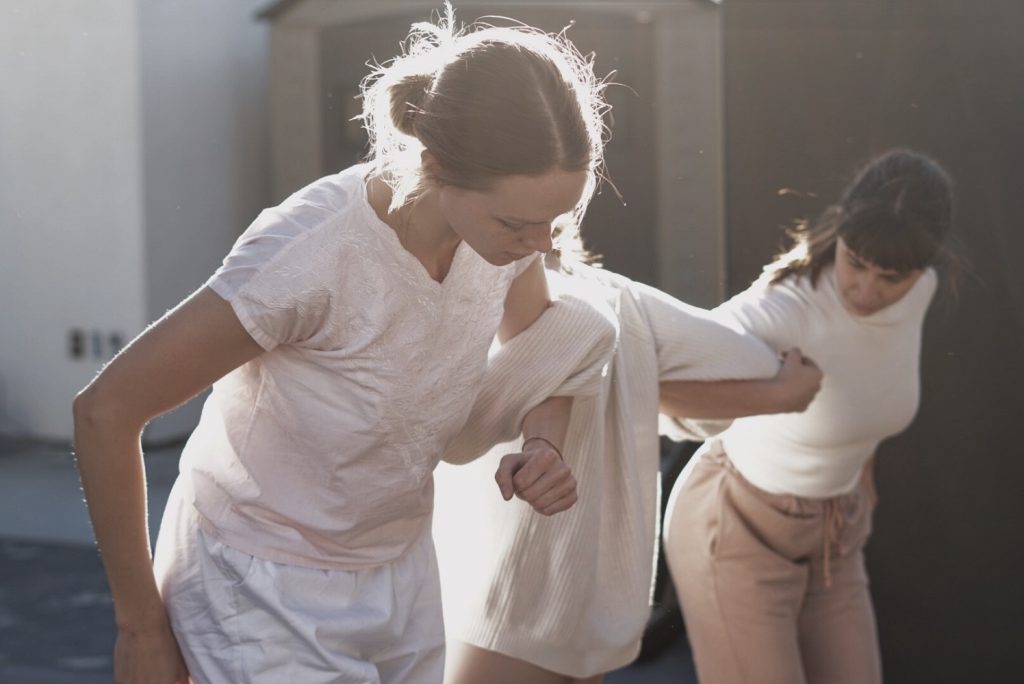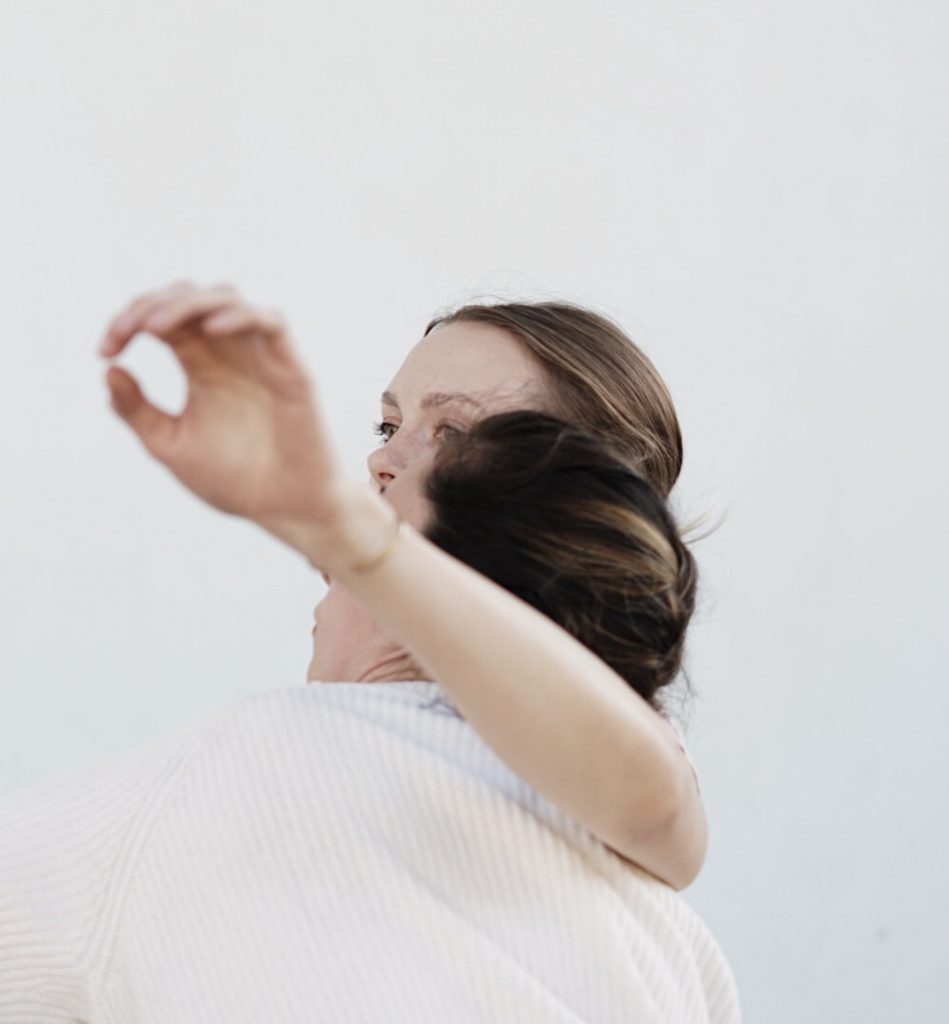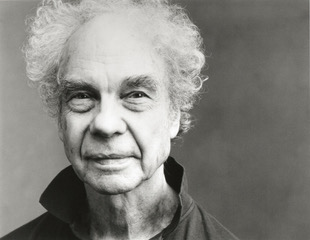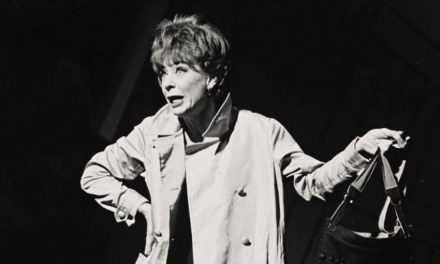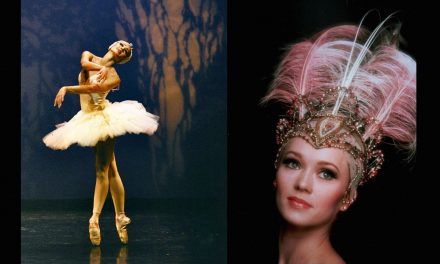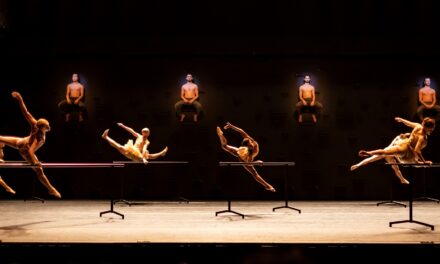Lara Wilson has become obsessed with boundaries. And listening to her attempt to describe almost a year’s worth of research from a residency at the Muckenthaler Cultural Center, I began to see why. Wilson has taken the last eight months to examine boundaries from every which way; through the context of dance and through the context of life, through the context of women’s bodies and through the context of women’s agency, and through the context of her own unique experience. As she and her collaborative The Assembly prepare to show “How To Draw an Outline,” she’s still discovering the ebb and flow of boundaries daily, and she’s expressing it through one of her many working mediums: movement.
Wilson came to this residency at the Muckenthaler through an initiative to present more dance in the space’s beautiful outdoor amphitheater. She took the space in February to begin working on the piece and showed it as a work in progress at the Los Angeles Dance Festival’s Fringe stage. Though she describes herself as “nomadic,” Wilson appears the contemporary Los Angeles choreographer in that the scope of her research has breadth—she writes, she makes dance for the screen, she directs. But her diverse training resume also places her as multilingual in dance styles. She has influences from The Ailey School—classical modern—and the San Francisco Conservatory of Dance—of Naharin descent; she’s savvy on both coasts.
Amongst her travels, she has developed her own dialect of movement. For this piece, she finds that she has layered details over the minimalist format she studied in college composition.
“My work tends to be about small details that differentiate movement and transitions—from one thing to the next, [in movements that] don’t always flow or feel like where your body wants to go,” she tells me. “I’m really interested in a sort of awkward compilation of moves and making that dance well.”
Communicated through this awkward movement style is a relationship to the body—the female body, in particular. A series of outlines and sketches and a coincidental release of DIY dancer’s “How To” issue brought her to the How To format. It follows the loose timeline of a life, the process of welcoming and saying farewell to the body, and inhabiting it in between. There are definitely feminist tones, especially just considering the cast of female dancers. And that gives another layer to the relationship with the body, especially with the tense dialogue around women’s bodies today. Wilson’s tendency toward these themes made its way into the piece, but she doesn’t hit the audience over the head with them.
“I like nuance, and I like femininity,” she declares, “and I feel strong in my ability to compose work, but I also leave it to the viewer.”
Wilson explains that rather than a binding thesis, she has more of a guiding question that unites the piece: how do we reach extremes with care? She’s researched boundaries to no end, getting as geometric as endpoints and dividing lines and as 2019 as self-care and recovery. She has me convinced that everything has a relationship to boundary, even the podcast that sound editor Stephanie Wolf mixed into the score for “How To Draw an Outline.” It’s an episode of the obscure series Platinum Ranch, in which the host interviews continuous pianist Lubomyr Melnyk about his rapid piano technique, “based on the principle of a continuous and unbroken line of sound from the piano.” And though Lubomyr Melnyk may have seemed tangential at first mention, Wilson’s geometric boundaries fit right into his manifesto. She has me convinced that boundaries are much more complex than I first thought—I’m headed to the Muckenthaler on Sept. 12 to do a bit more research.
“How to Draw An Outline” goes up at the Muckenthaler Cultural Center in Fullerton, CA. on Sept. 12 at 7:30 p.m. Visit the Muckenthaler website for tickets and The Assembly website for more information.
Written by Celine Kiner for LA Dance Chronicle, August 31, 2019.
Featured image: The Assembly Dance – “How to Draw an Outline” – Photo by Megan Guise


